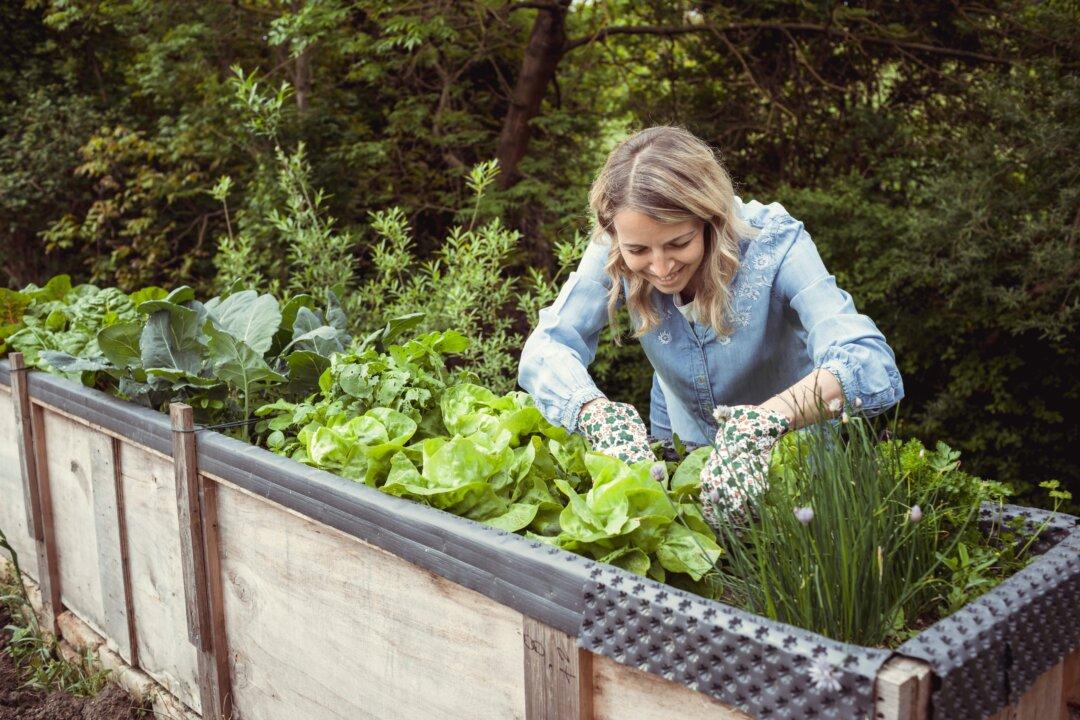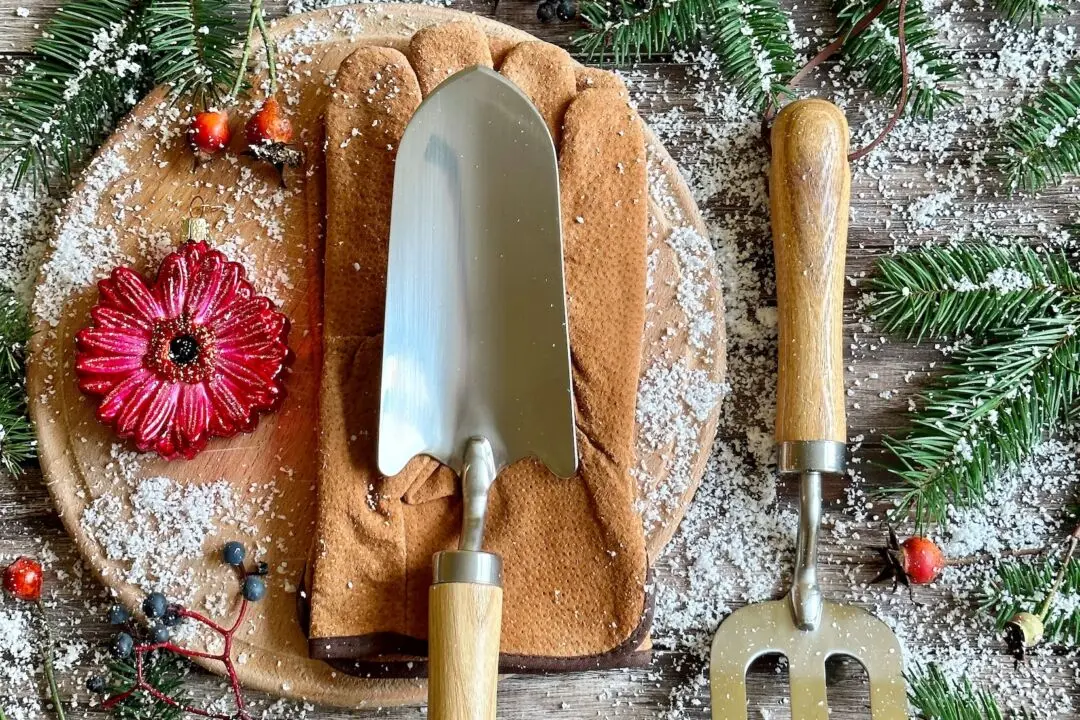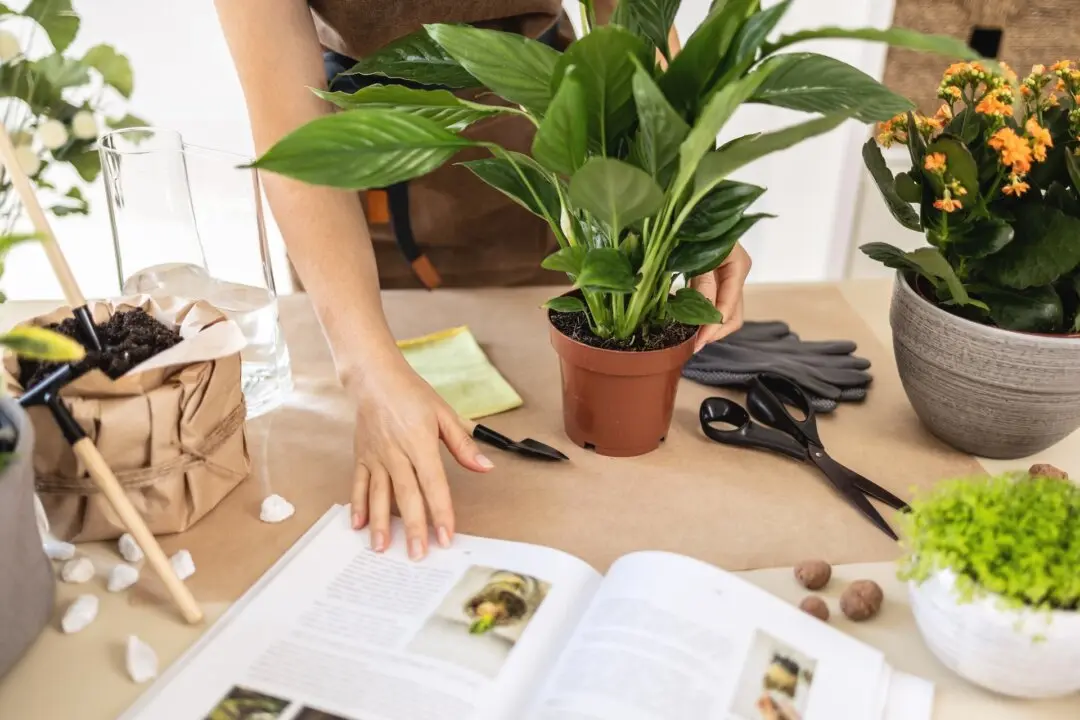Q: Last fall, we bought some crocus, daffodil, and tulip bulbs. The daffodils are blooming, but the crocus and tulips are not. The crocus leaves started to come up but then stopped. The tulip leaves are there, but there are no flowers. What do you think happened, and what can we do to prevent it next year?
A: The problem is most likely mammals. Rabbits love crocus and tulip flowers. They eat the flower buds on tulips and leave the rest of the plant. On crocus plants, they eat the whole plant and all you see are some stubs from the leaves. Squirrels and chipmunks will also eat tulips. All of them will leave daffodils and most other spring-flowering bulbs alone in the spring. Next year, start spraying the ground where the bulbs are expected to come up with a deer and rabbit repellent and keep spraying after rainfalls until the plants finish blooming.





